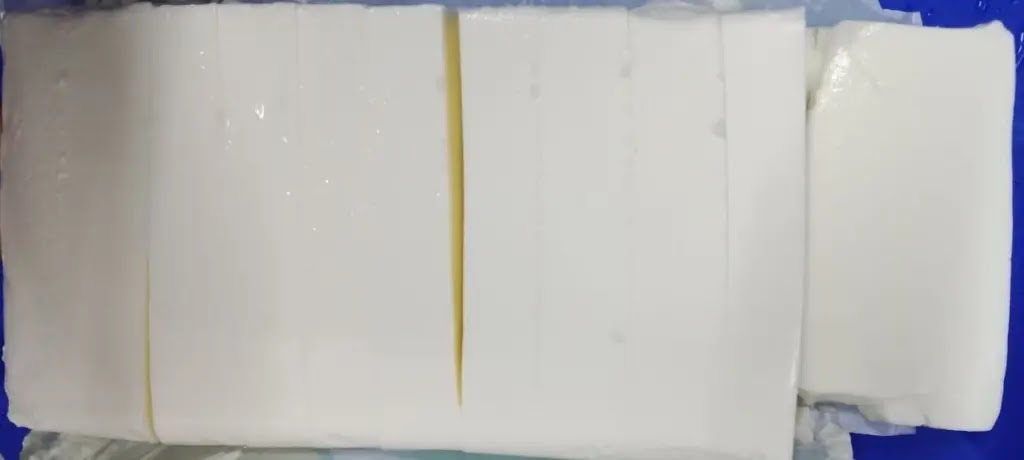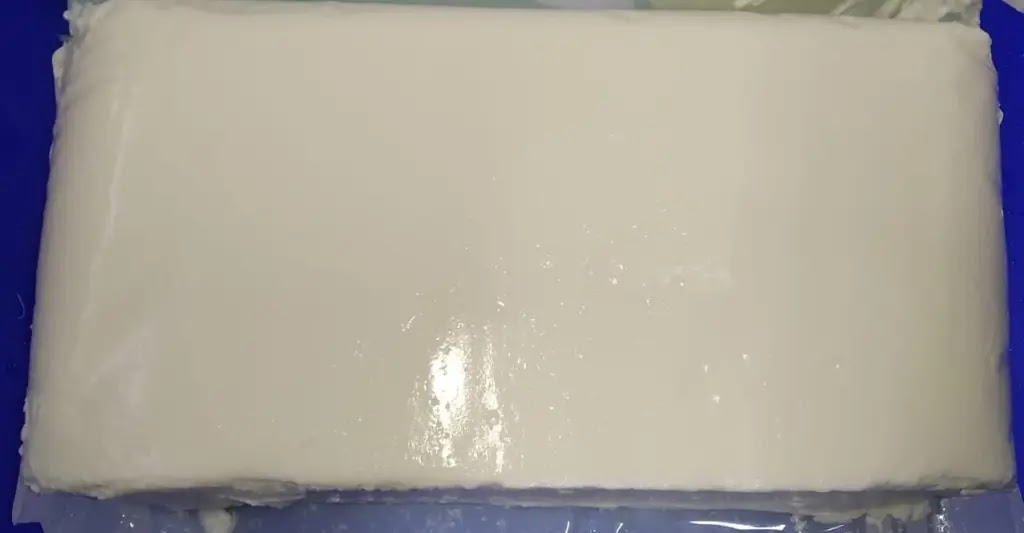
Dahi is a popular fermented dairy product that is consumed all over the world. The fermentation process is initiated by adding certain bacteria to milk, which convert the lactose in milk into lactic acid, giving dahi its characteristic tangy flavor and firm body texture. Dahi bacteria or culture poured into heated and cooled milk, after mixing it is poured into container or packing material and kept inside Dahi Incubation room till acidity develop and body form. DVS culture also used for dahi inoculation. There are several health benefits of dahi which will be broadly discussed below.
Dahi Bacteria
The two most common bacteria used in the preparation of dahi are Lactobacillus bulgaricus and Streptococcus thermophilus. These two bacteria are often used together in a starter culture to initiate the fermentation process.
In addition to these two bacteria, some dahi varieties may also contain other strains of lactic acid bacteria, such as Lactobacillus acidophilus, Bifidobacterium bifidum, and Lactobacillus casei. These additional strains can provide additional health benefits and may also contribute to the flavor and texture of the final product.

Dahi Incubation temperature and time
The incubation temperature and time for dahi preparation can vary depending on the specific recipe and culture used. However, here are some general guidelines:
Dahi Incubation Temperature
The ideal temperature for dahi incubation is between 40°C to 45°C (104°F to 113°F). This temperature range allows the bacteria in the starter culture to thrive and ferment the milk.
Dahi Incubation Time
The incubation time for dahi can vary between 4 to 12 hours, depending on the desired thickness and tanginess of the final product. A longer incubation time will result in a thicker and tangier dahi.
To prepare dahi, first, heat the milk to 80°C to 90°C to kill any harmful bacteria present in it. Then cool the milk to around 45°C (113°F) and add the starter culture, usually a small amount of previous batch of dahi or store-bought culture. Mix well and pour the mixture into a container and cover it. Keep the container in a warm place, like a warm oven or a pre-heated cooler or a yogurt maker, to maintain the temperature within the recommended range. After the desired incubation period, the dahi will be thick and tangy. It can be refrigerated for storage and consumption later.
Dahi Health benefits
Dahi has several health benefits. Here are some of them:
Rich in Nutrients
Dahi is a rich source of protein, calcium, vitamin B12, and other nutrients. Consuming dahi regularly can help meet your daily nutritional requirements.
Good for Digestion
The probiotics in dahi, such as Lactobacillus bulgaricus and Streptococcus thermophilus, can improve digestion and promote the growth of healthy gut bacteria. This can help reduce symptoms of digestive disorders like bloating, gas, and constipation.
>
Dahi Slice

Dahi Firm body
Boosts Immunity
Dahi contains several nutrients that support the immune system, including vitamin D, zinc, and probiotics. Consuming dahi regularly can help boost immunity and reduce the risk of infections.
May Help Lower Blood Pressure
Some studies suggest that consuming dahi regularly may help lower blood pressure levels. This could be due to the presence of peptides in dahi that have a blood pressure-lowering effect.
May Reduce the Risk of Type 2 Diabetes
The probiotics in dahi may help improve insulin sensitivity, which can reduce the risk of type 2 diabetes. Additionally, the calcium in dahi may help improve glucose metabolism.
Overall, consuming dahi as part of a balanced diet can have several health benefits. However, it’s important to choose plain, unsweetened varieties, as flavored or sweetened dahi can be high in added sugars.

Dahi Inoculation Tank. Should have agitatator and insulation to prevent heat loss during inoculation and packing.
DVS culture for Dahi
DVS culture, also known as Direct Vat Set culture, is a type of starter culture used for making dahi or yogurt. This type of culture is added directly to the milk and does not require a separate incubation step.
DVS cultures typically contain a combination of Lactobacillus bulgaricus and Streptococcus thermophilus bacteria, which are the two most common bacteria used for dahi preparation. However, some DVS cultures may also contain additional strains of bacteria, such as Lactobacillus acidophilus and Bifidobacterium bifidum, which can provide additional health benefits.
DVS cultures can be purchased from specialty food stores or online retailers that specialize in cultures for dairy products. It’s important to follow the manufacturer’s instructions for use and storage of the culture to ensure best results.
Company supply DVS culture
There are several companies that supply DVS culture for dahi preparation. Here are some popular companies that produce DVS cultures for yogurt making:
Chr. Hansen
Chr. Hansen is a global bioscience company that produces cultures, enzymes, probiotics, and natural colors for the food, dairy, and beverage industries. They offer a range of DVS cultures for yogurt making, including cultures that provide unique flavor and texture profiles.
Danisco (DuPont)
Danisco, now part of DuPont, is a global leader in the development and production of food ingredients, including cultures and enzymes for dairy products. They offer a range of DVS cultures for yogurt making, including cultures that provide high acidification rates and unique flavor profiles.
Lallemand
Lallemand is a global manufacturer of yeast, bacteria, and other microorganisms used in the production of food, beverages, and other industrial applications. They offer a range of DVS cultures for yogurt making, including cultures that provide a mild flavor profile and high viscosity.
Sacco System
Sacco System is an Italian company that specializes in the production of cultures, enzymes, and other ingredients for the dairy industry. They offer a range of DVS cultures for yogurt making, including cultures that provide a creamy texture and mild flavor profile.
These are just a few examples of companies that produce DVS cultures for dahi and yogurt making. When selecting a DVS culture, it’s important to choose a reputable supplier and follow the manufacturer’s instructions carefully for best results.

